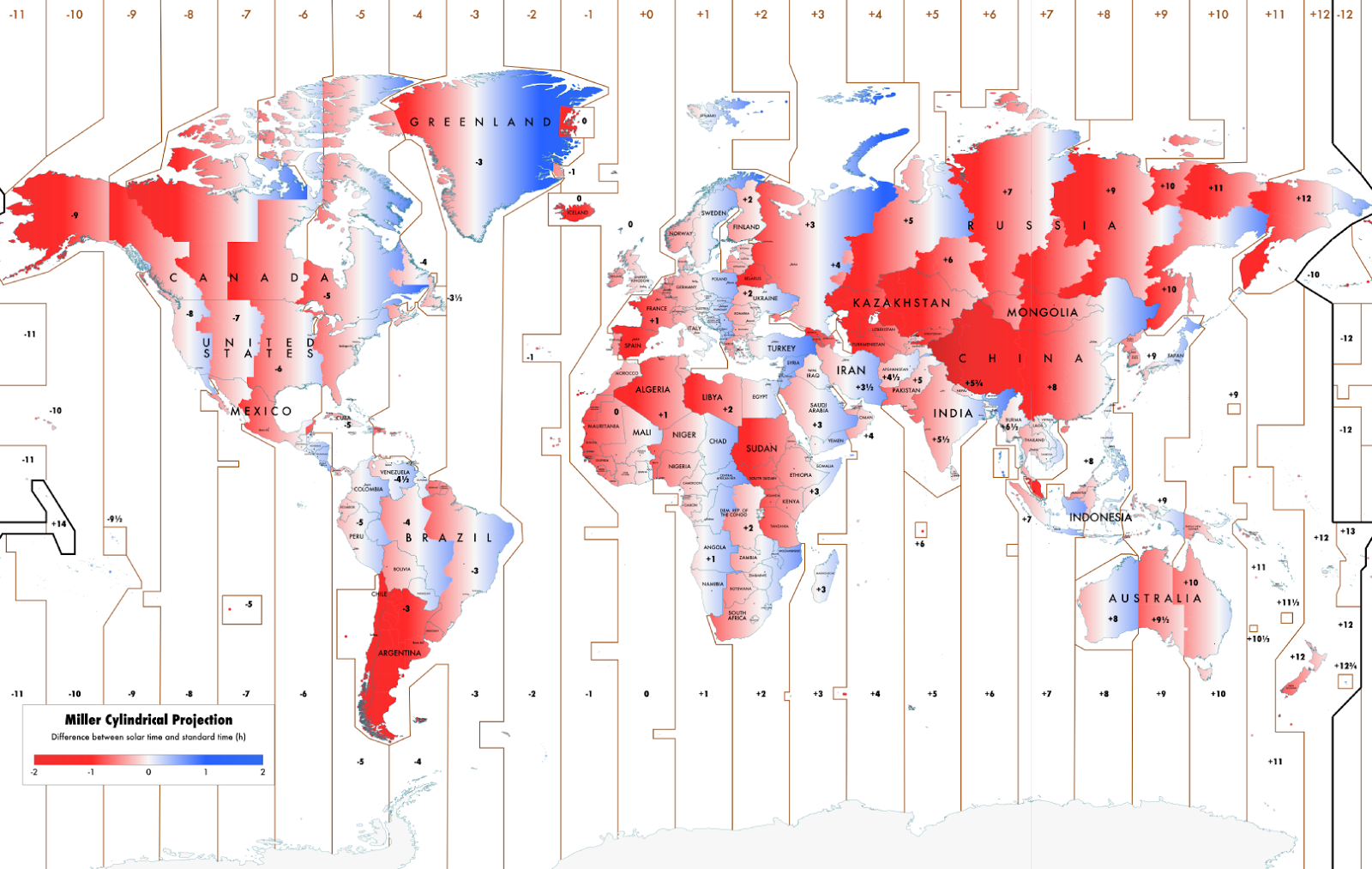

The United States uses nine standard time zones. A new federal law took effect in March 2007 which extends Daylight Saving Time by four weeks. Eastern Standard Time (EST) becomes Eastern Daylight Time (EDT), and so forth. The names in each time zone change along with Daylight Saving Time. On the first Sunday in November areas on Daylight Saving Time return to Standard Time at 2:00 a.m. local time on the second Sunday in March. In the United States Daylight Saving Time begins at 2:00 a.m. Virgin Islands and American Samoa do not observe Daylight Saving Time. In places not observing Daylight Saving Time the local UTC or GMT offset will remain the same year round.

As a result, their UTC or GMT offset would change from UTC -5h or GMT - 5h to UTC -4h or GMT - 4h. In areas of the United States that observe Daylight Saving Time local residents will move their clocks ahead one hour when Daylight Saving Time begins. Coordinated Universal Time is also known Zulu Time or Z time. The usage of UTC and GMT is based upon a twenty four hour clock, similar to military time, and is based upon the 0 degrees longitude meridian, referred to as the Greenwich meridian in Greenwich, England.Ĭoordinated Universal Time is based on cesium-beam atomic clocks, with leap seconds added to match earth-motion time, where as Greenwich Mean Time is based upon the Earth's rotation and celestial measurements. UTC+5h or GMT +5h would refer to that time zone being five hours ahead of UTC of GMT and so forth for the other time zones. In this example the (-5h) refers to that time zone being five hours behind UTC or GMT and so forth for the other time zones. You will often see time zones represented similar to UTC - 5h or GMT - 5h. Coordinated Universal Time replaced the use of Greenwich Mean Time (GMT) in 1972. Coordinated Universal Time (UTC) is used as the official world reference for time.


 0 kommentar(er)
0 kommentar(er)
